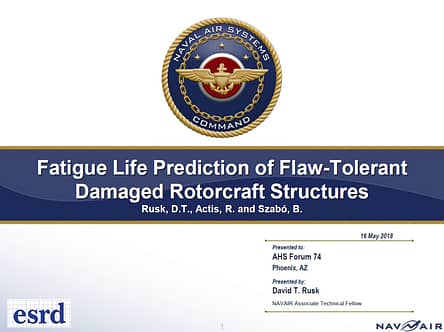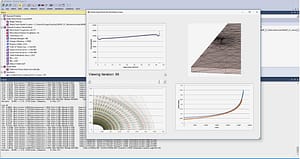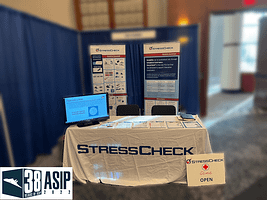This past year, ESRD’s Drs. Barna Szabó and Ricardo Actis collaborated with Naval Air Systems Command’s Mr. Dave Rusk on a technical paper titled “Fatigue Life Prediction of Flaw-Tolerant Damaged Rotorcraft Structures”. This paper was presented at the American Helicopter Society Annual Forum 74 in Phoenix, Arizona May 14-17, 2018.
The presentation and paper report the work done by ESRD and NAVAIR under a SBIR program to develop an analytical approach to predicting the remaining useful fatigue life of metallic rotorcraft structural components with surface flaws. Below is the paper’s abstract:
A phenomenological model has been developed to predict the remaining useful life of flaw-damaged Ti 6Al-4V Beta-STOA titanium and 7075-T73 aluminum rotorcraft components. The model extends the use of traditional notched fatigue analysis methods that were developed for machined notches, down to the scale of small surface flaws such as dents, dings, scratches, gouges and corrosion pits. The highly stressed volume in the vicinity of flaws is used for reference in the model calibration. This eliminates the requirement to define an equivalent notch root radius for an arbitrary flaw shape. Calibration of the model was performed using sets of dogbone fatigue coupons with embedded surface flaws. Validation of the model was performed using other sets of dogbone and double-edge notched tension (DENT) flawed coupon fatigue test data, under both constant amplitude and spectrum loading. Validation results have shown that the model provides reasonably accurate life predictions within the range of calibration of the model, when compared to a reference S-N working curve. The analytical capability demonstrated here has important implications for current life management practices of rotorcraft dynamic components. Fatigue life prediction of flaw damaged components is a key enabling technology for the application of Condition Based Maintenance (CBM) practices to rotor system structures.
The paper and presentation can be downloaded below:
Fatigue Life Prediction of Flaw-Tolerant Damaged Rotorcraft Structures
 Serving the Numerical Simulation community since 1989
Serving the Numerical Simulation community since 1989 










Leave a Reply
We appreciate your feedback!
You must be logged in to post a comment.